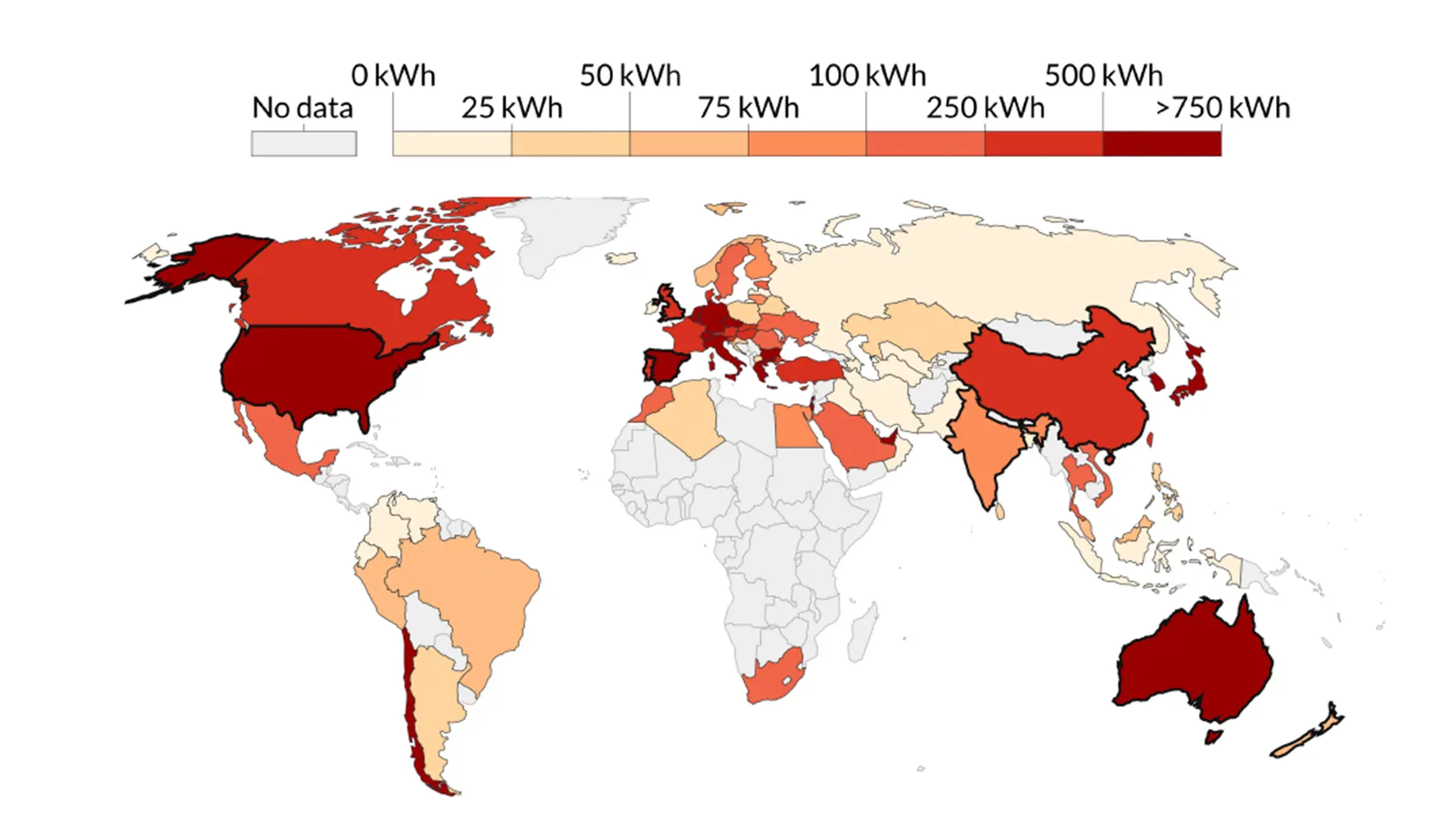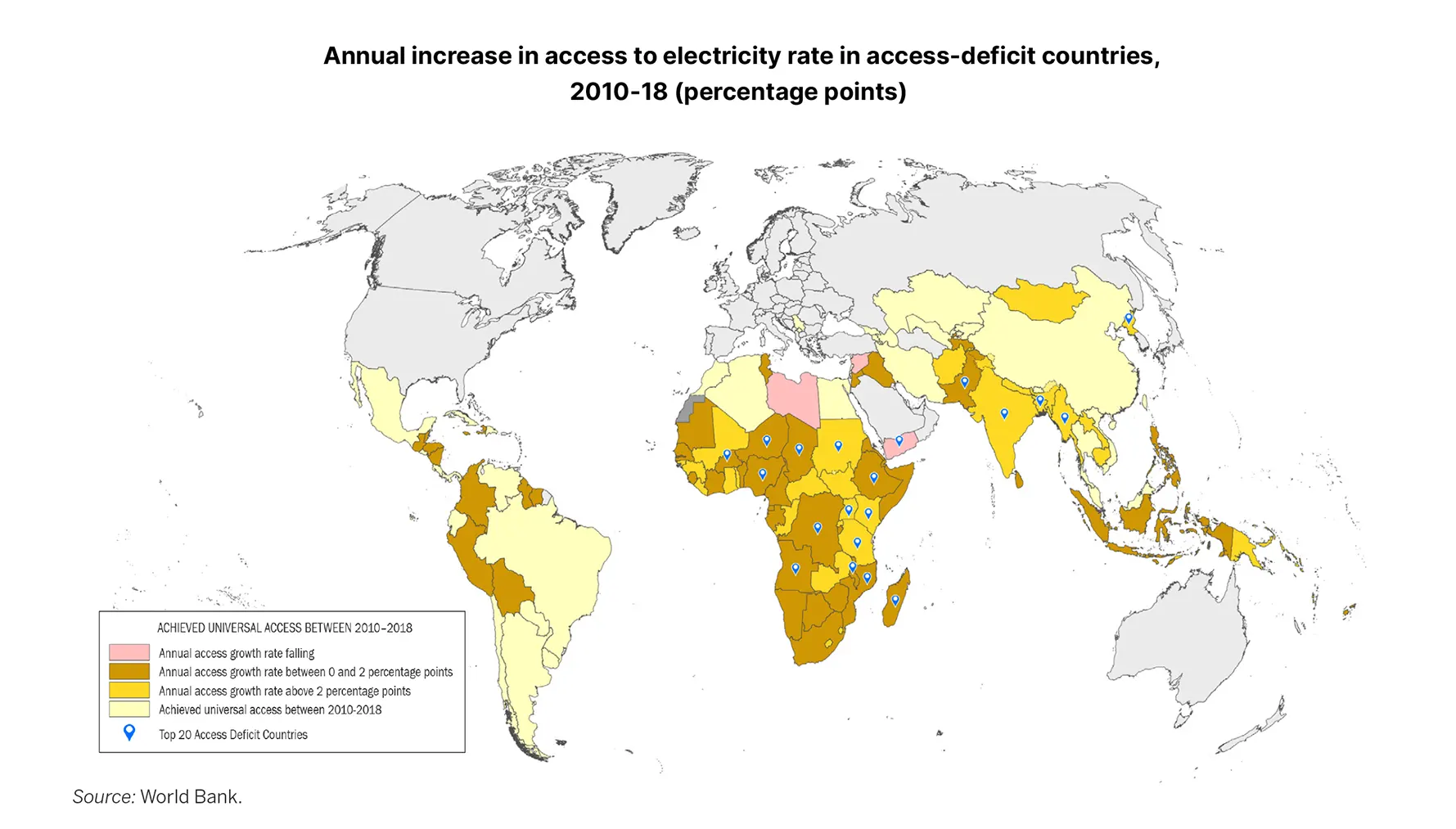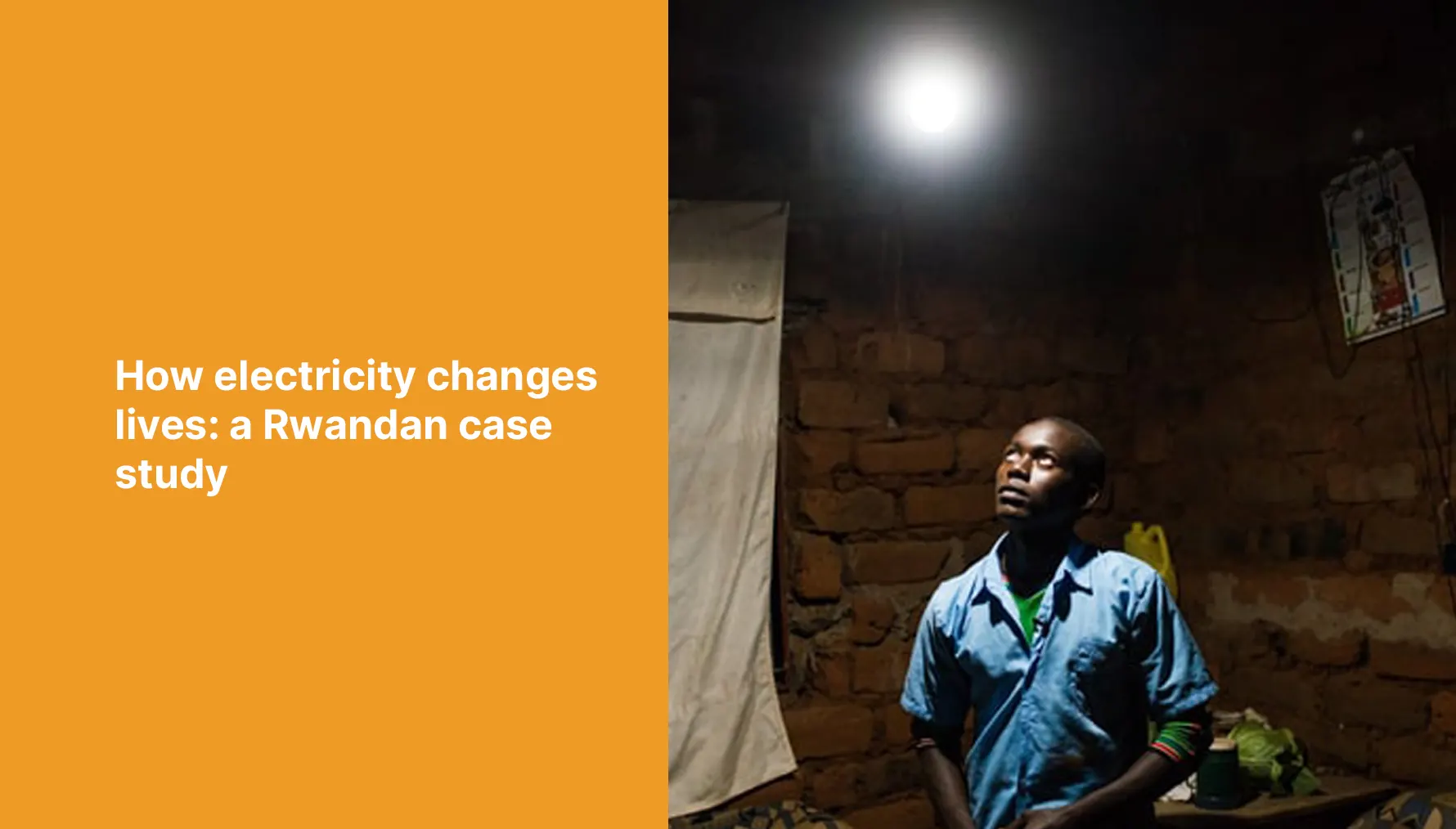Per capita energy consumption varies more than 10-fold across the world
In the map we see differences in per capita energy use; this is inclusive of all dimensions of energy (electricity plus transport and heating). There are several important points to note. Firstly, there are large inequalities in energy consumption between countries. The average US citizen still consumes more than ten times the energy of the… Continue reading Per capita energy consumption varies more than 10-fold across the world






